Treatment of warts on feet. The Ultimate Guide to Treating Plantar Warts on Feet
What is the best way to treat warts on your feet? Discover the most effective options, from home remedies to advanced medical procedures. Get the facts about plantar warts – their symptoms, causes, and the top treatment solutions.
Understanding Plantar Warts: Symptoms and Causes
Plantar warts are a common foot condition caused by the human papillomavirus (HPV). They typically appear as small, rough growths on the soles of the feet, often with a distinctive black dot in the center. These warts can be painful, particularly when walking or standing, and may spread to other areas of the foot or body if left untreated.
The main causes of plantar warts include:
- Direct contact with the HPV virus, often through walking barefoot in public places like locker rooms or swimming pools
- A weakened immune system, which makes it harder for the body to fight off the viral infection
- Repeated irritation or trauma to the same area of the foot
Ineffective Home Remedies and Over-the-Counter Treatments
Many people try to treat their plantar warts using home remedies or over-the-counter products, but these methods are often ineffective. Some common examples include:

- The “duct tape method” – covering the wart with duct tape to try to suffocate it
- Applying baking soda, garlic, or other substances to the wart
- Using over-the-counter wart removal kits containing salicylic acid
While these options are generally safe to try, they have very low success rates, especially for stubborn or recurring warts. The wart may eventually go away on its own, but this process can take months or even years.
Non-Surgical Wart Removal Procedures
For more effective treatment, many podiatrists or primary care doctors will recommend non-surgical wart removal procedures, such as:
- Salicylic acid treatments to gradually “peel” away the wart
- Cryotherapy (freezing) using liquid nitrogen to destroy the wart cells
These methods are more reliable than home remedies, with success rates around 60-70%. However, they can still be painful, require multiple sessions, and may cause damage to healthy skin around the wart.
Surgical Excision: The “Nuclear Option”
In some cases, particularly for large or persistent warts, a podiatrist may recommend surgical excision – completely cutting out the wart. While this can be effective, it is the most invasive and painful treatment option. It also carries a higher risk of complications and may not address the underlying viral infection, leading to potential recurrence.

The Game-Changing Swift Microwave Therapy
Until recently, non-surgical procedures were the top recommendation for most podiatrists. However, a newer treatment called Swift Microwave Therapy has become the preferred choice in the majority of plantar wart cases.
How does Swift work? Instead of physically removing or destroying the wart, it uses targeted microwave energy to trigger an immune response that fights the underlying viral infection. This approach has several key advantages:
- Higher success rates, around 85%, with lower recurrence rates
- Less pain and damage to healthy skin compared to other procedures
- Faster healing time, often requiring only one or two short treatment sessions
- Effective even for stubborn, recurring, or large plantar warts
- Safe for use in children and immunocompromised individuals
Choosing the Right Treatment for Your Plantar Warts
When it comes to treating warts on your feet, the most important factors are effectiveness and minimizing discomfort. While home remedies and over-the-counter options are generally safe to try, they are rarely the best long-term solution.
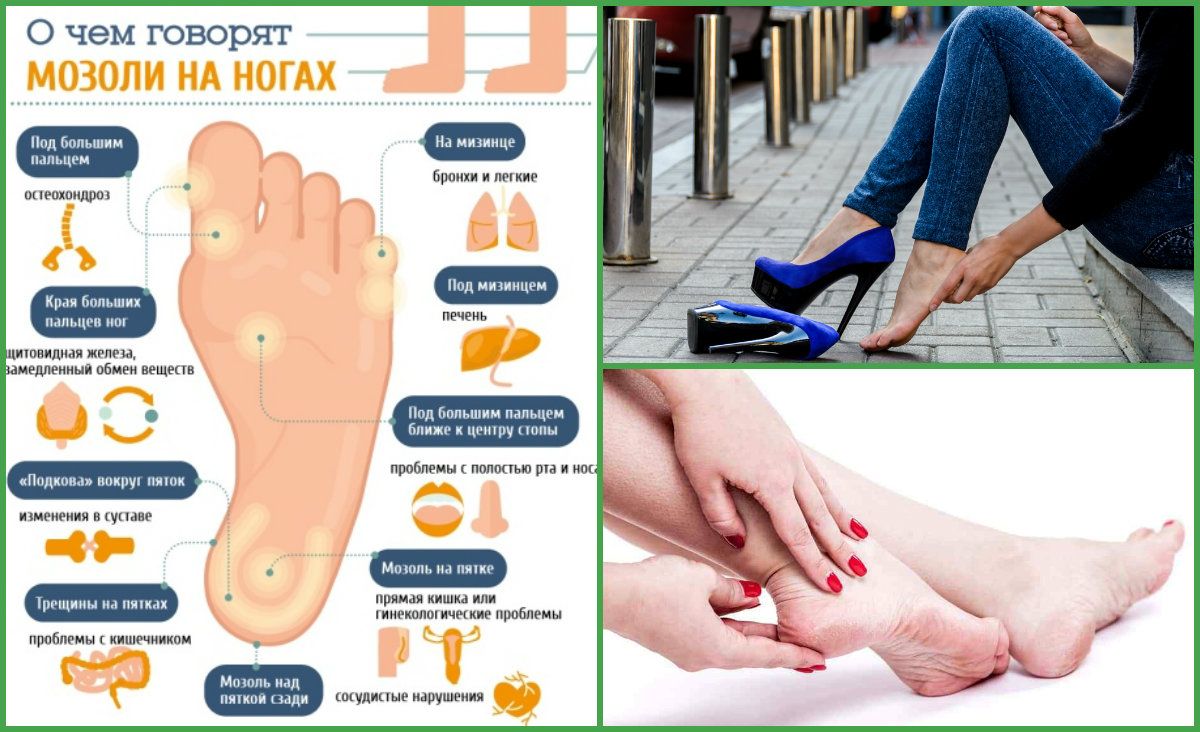
Non-surgical procedures like salicylic acid or cryotherapy are more reliable, but can still be painful and require multiple visits. Surgical excision should only be considered as a last resort.
For the majority of people dealing with plantar warts, the optimal choice is the breakthrough Swift Microwave Therapy. With its high success rate, low recurrence, and minimal discomfort, Swift offers a game-changing approach to clearing up stubborn foot warts for good.
Conclusion
Plantar warts can be a frustrating and persistent problem, but the good news is that there are now highly effective treatment options available. By understanding the symptoms, causes, and the pros and cons of different wart removal methods, you can make an informed decision and get your feet back to full health.
What’s the Best Way to Treat Warts on Feet? | Joel D. Foster, DPM
With so many possible remedies out there, it’s no wonder we get questions about warts all the time. “Hey doc, do any of these actually work? What’s the best option? What should I do?”
Here’s the good news: YES, there is one option in particular that we believe will be the absolute best choice for the majority of people with foot warts, including young children and immunocompromised individuals. It’s called Swift Microwave Therapy, and if you just want the info on this exciting procedure, feel free to skip down to the end of the blog.
Before we get there, though, let’s talk about some of the other solutions out there—if only to see why Swift really is the best.
Option 1: Do Nothing
Ignoring your plantar warts is an option if they are not bothering you. Most warts will go away on their own, although it may take months or years.
However, we do strongly encourage that you take steps to treat your warts—and not just because you’ll look better and feel better. Warts are contagious, and if you ignore them they can easily spread to other parts of your body, or even to other people that you live or interact with.
Warts are contagious, and if you ignore them they can easily spread to other parts of your body, or even to other people that you live or interact with.
While you may not be especially bothered by your warts now, it’s better to stop them before they have a chance to become a much larger and more difficult problem.
OUR RATING: Not recommended.
Option 2: Home and Over-the-Counter Remedies
The best thing you can say about home remedies like the “duct tape method,” rubbing with garlic or baking powder paste, and other popular home remedies is that most of them aren’t dangerous to attempt, as long as you aren’t cutting into your skin or applying corrosive acids or chemicals.
Unfortunately, there’s very little evidence to suggest that any of these home remedies actually work. Over-the-counter wart remover kits you can get at the pharmacy are only slightly better, with cure rates that are still pretty low—especially if you have multiple warts, or your warts are large.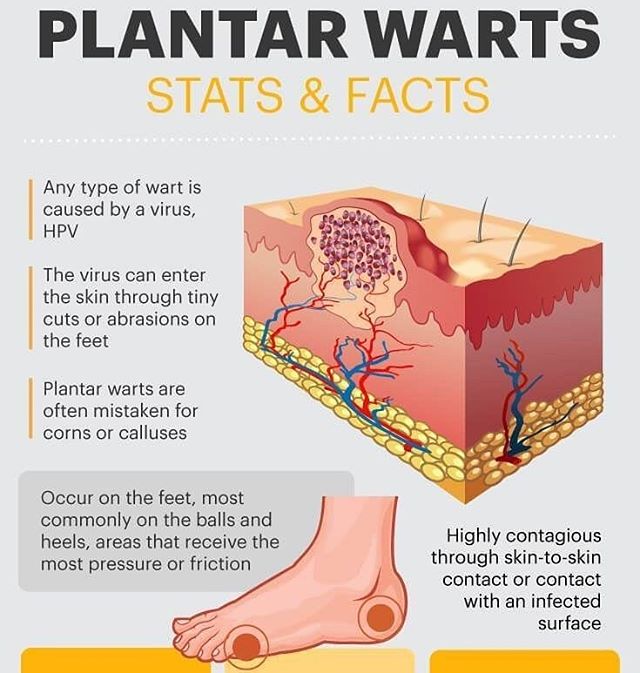
So why do people still stand by home remedies? Most likely, it’s just coincidence. As we said, many warts eventually go away on their own (although this process often takes months if not years). If the wart does go away, you might think it’s the result of something you did—but in reality, it’s probably just your immune system finally managing to take it out on its own.
OUR RATING: Ineffective or minimally effective in most cases.
Option 3: Non-Surgical Wart Removal Procedures
If you go to most podiatrists, general practitioners, or pediatricians for foot warts, you will very likely have one of these procedures recommended to you. Common examples include using salicylic acid to “peel” off the top layers of the wart, or cryotherapy (typically using liquid nitrogen) to “freeze” the wart off.
These treatments are much more effective than home or over-the-counter options. However, there are still some drawbacks. Often there will be some post-procedural pain, and maybe some collateral damage to healthy skin. Some home aftercare is required, and several sessions are usually required to fully eliminate the wart.
Some home aftercare is required, and several sessions are usually required to fully eliminate the wart.
OUR RATING: Usually effective, but suboptimal.
Option 4: Surgical Excision
Consider this the “nuclear option.” If your wart is extremely large or has resisted other forms of treatment, your doctor might recommend cutting it out completely.
While this gets rid of the wart, obviously, it’s also the most painful option, has the highest risk of complications, and requires the most aftercare. There’s another problem, too: since simply removing the wart may not actually clear the viral infection from your system, the wart may return anyway.
OUR RATING: Use only as a last resort.
Option 5: Swift Microwave Therapy
Until we recently added Swift Microwave Therapy to our office, we (like most foot doctors) typically recommended option 3. However, we’ve been extremely impressed with Swift—and so have our patients! It’s now the top recommended option in the vast majority of cases.
Swift uses a novel approach to wart treatment. Instead of peeling, freezing, or extracting the wart from the outside in, it uses a brief application of microwaves to trigger and direct an immune response. The microwaves heat up water molecules which destroy the damaged tissue, accelerate the healing process, and trigger an immune response that fights the underlying infection. Once the infection is cleared, the visible signs of the wart disappear on their own—and although reinfection is always possible, recurrence is much less likely than other therapies.
Why is Swift so great? Here are just a few reasons why:
- It’s effective. The success rate for this treatment is around 85%, which is higher than any other traditional wart treatment. The warts are also much less likely to come back afterward, since Swift actually treats the infection itself, rather than just removing the wart.
- Much less pain. There is no post-procedural pain whatsoever. You might feel a mild, hot “stinging” sensation for 2-3 seconds during direct application of the treatment, but this goes away almost immediately afterward.
 No anesthetic is required.
No anesthetic is required. - It’s convenient. Treatment sessions are extremely short. All we need to do is very lightly debride the wart (this is painless and takes just a few minutes at most) and then apply the microwave therapy, which only lasts 2-3 seconds. You can be in and out in less than 15 minutes in some cases. Typically, only 2-3 total treatment sessions are required to completely eradicate the wart, spaced out over 2-4 weeks.
- No aftercare or downtime. Swift doesn’t break the skin. It actually attacks the infection from the inside out, rather than the outside in. So there’s no need to bandage the wart afterward or “go easy on it” after you walk out of our office. Just go back to your normal day.
- It’s safe. Microwaves have been used therapeutically for more than three decades, and Swift Microwave Therapy specifically has passed through years of clinical testing with flying colors.
OUR RATING: Best overall treatment option for the vast majority of patients.
Get Rid of Those Foot Warts Swiftly!
We hope we’ve made the case that foot warts should be treated, and that Swift Microwave Therapy should be at the top of your list!
So if you’re ready to get rid of those warts for good—or you just want more information about how we can help you—be sure to give our office in Lee’s Summit a call at (816) 246-4222, or request an appointment online. We are here to help!
Warts and Plantar Warts – Health Information Library
Condition Basics
What are warts?
Warts are skin growths caused by a virus. Warts can grow anywhere on the body. There are different kinds. For example, common warts grow most often on the hands, but they can grow anywhere. Plantar warts grow on the soles of the feet. Most warts go away on their own within months or years.
How do they spread?
Warts are spread by direct contact with a human papillomavirus (HPV).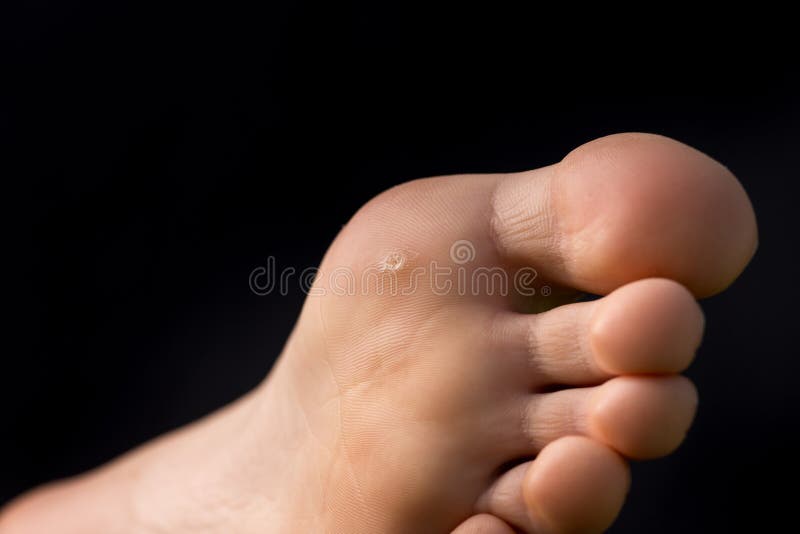 You can infect yourself again by touching the wart and then touching another part of your body. You can infect another person by sharing towels, razors, or other items. After contact with HPV, it can take months before you notice a wart.
You can infect yourself again by touching the wart and then touching another part of your body. You can infect another person by sharing towels, razors, or other items. After contact with HPV, it can take months before you notice a wart.
What are the symptoms?
A wart may be a bump with a rough surface, or it may be flat and smooth. Plantar warts can look like a callus. Warts are usually painless. But a wart that grows in a spot where you put pressure, such as on a finger or the bottom of the foot, can be painful.
How are they diagnosed?
A doctor usually can tell if a skin growth is a wart by looking at it. Your doctor may take a sample of the wart if it isn’t clear that the growth is a wart or if the growth is darker than the skin around it, is irregular, bleeds, or is large and fast-growing.
How are warts treated?
Most warts don’t need treatment. They generally go away on their own. But if you have warts that are painful or are spreading, you can treat them with salicylic acid or duct tape. Or your doctor can treat them with medicine or by freezing or removing them.
Health Tools
Health Tools help you make wise health decisions or take action to improve your health.
Decision Points focus on key medical care decisions that are important to many health problems.
Cause
A wart is caused by some types of the virus called the human papillomavirus (HPV). HPV infects the top layer of skin. It usually enters the body in an area of broken skin. The virus causes the top layer of skin to grow very fast, forming a wart.
The virus causes the top layer of skin to grow very fast, forming a wart.
Prevention
The main way to prevent warts is to avoid contact with the human papillomavirus (HPV) that causes warts. If you are exposed to this virus, you may or may not get warts, depending on how susceptible you are to the virus. Here are some tips to help avoid HPV.
- Avoid touching warts on yourself or others.
- Don’t share razors, towels, socks, or shoes with another person.
Someone with no visible warts can still be carrying the virus.
- Avoid walking barefoot on warm, moist surfaces where the wart virus may be alive.
Wear shower shoes when using public showers, locker rooms, or pool areas.
- Keep your feet dry.
If your feet sweat heavily, wear socks that absorb moisture or wick it away from the skin.

- Avoid irritating the soles of your feet.
Warts grow more easily if your skin has been injured or broken in some way.
You can help prevent warts from spreading. Keep your warts covered with a bandage or athletic tape. Don’t bite your nails or cuticles, as this may spread warts from one finger to another.
Symptoms
Plantar warts
Plantar warts occur on the soles of the feet. They look like hard, thick patches of skin with dark specks. Multiple plantar warts can form in a large, flat cluster known as a “mosaic wart.”
Common warts
Common warts appear most often on the hands. But they may appear anywhere on the body. They are rough, gray-brown, dome-shaped growths. They may have a cauliflower-like appearance.
They are rough, gray-brown, dome-shaped growths. They may have a cauliflower-like appearance.
Flat warts
Flat warts are usually found on the face, arms, or legs. They are small (usually smaller than the eraser on the end of a pencil), and there are usually several in one area. They have flat tops and can be pink, light brown, or light yellow. Flat warts are often spread by shaving.
When to Call a Doctor
See your doctor if:
- You aren’t sure if a skin growth is a wart.
- Nonprescription home treatment isn’t successful after 2 to 3 months.
- Warts are growing or spreading rapidly despite treatment.
- Signs of infection develop. These may include:
- Increased pain, swelling, warmth, or redness.

- Red streaks leading from the area.
- Pus draining from the area.
- A fever.
- Increased pain, swelling, warmth, or redness.
- A plantar wart becomes too painful to walk on.
- You have diabetes or peripheral arterial disease and you need treatment for a wart on a leg or foot.
- You have warts on your genitals or around the anus.
Watchful waiting
Watchful waiting is a wait-and-see approach. It’s often okay to try this approach with warts, because they generally go away on their own within months or years. But you may want to consider treating a wart to prevent it from spreading to other parts of your body or to other people. You can try a nonprescription wart treatment for 2 to 3 months before deciding to see a doctor.
Treatment Overview
Most warts don’t need treatment. They generally go away on their own within months or years. But if you have warts that are painful or are spreading, or if you’re bothered by the way they look, your treatment choices include:
They generally go away on their own within months or years. But if you have warts that are painful or are spreading, or if you’re bothered by the way they look, your treatment choices include:
- Using a home treatment such as salicylic acid or duct tape. You can get these without a prescription.
- Putting a stronger medicine on the wart, or getting a shot of medicine in it.
- Freezing the wart (cryotherapy). There is an over-the-counter medicine you can use at home. Or you can have your doctor freeze it for you.
- Removing the wart with surgery (electrosurgery, curettage, laser surgery).
Surgery is more likely to leave scars. That’s why it’s mostly used to treat warts that are hard to remove or that keep coming back.
Wart treatment doesn’t always work. Even after a wart shrinks or goes away, warts may come back or spread to other parts of the body. This is because most treatments destroy the wart but don’t kill the virus that causes the wart.
Even after a wart shrinks or goes away, warts may come back or spread to other parts of the body. This is because most treatments destroy the wart but don’t kill the virus that causes the wart.
Learn more
Self-Care
- Use salicylic acid or duct tape as your doctor directs. You put the medicine or the tape on a wart for several days and then file down the dead skin on the wart. You use the salicylic acid treatment for 2 to 3 months or the tape for 1 to 2 months.
- If your doctor prescribes medicine to put on warts, use it exactly as directed. Call your doctor if you think you are having a problem with your medicine.
To avoid spreading warts
- Keep warts covered with a bandage or athletic tape.

- Don’t bite your nails or cuticles. This may spread warts from one finger to another.
Reducing pain caused by plantar warts
Plantar warts can be on any part of the foot. But they cause the most discomfort when they are on a pressure point such as the heel. You can help reduce plantar wart pain by doing these things.
- Wear comfortable shoes and socks.
Avoid high heels and shoes that increase pressure on your foot.
- Pad the wart with doughnut-shaped felt or a moleskin patch.
Place the pad around the plantar wart so that it relieves pressure on the wart. Also, consider placing pads or cushions in your shoes to make walking more comfortable. You can buy moleskin patches at a drugstore.
- Try nonprescription medicines, such as aspirin, ibuprofen (such as Advil), or acetaminophen (such as Tylenol) to help relieve pain.

Do not give aspirin to anyone younger than 20, because of the risk of Reye syndrome, a serious but rare illness. Be safe with medicines. Read and follow all instructions on the label.
Learn more
Credits
- Top of the page
Next Section:
Health Tools
Health Information Library
causes, treatments and prevention
Contents
- 1 Flat warts: symptoms, causes and effective treatment
- 1.1 Flat warts: causes, treatments and prevention
- 1.2 Flat warts: what is it?
- 1.3 Causes of flat warts
- 1.4 Treatment methods for flat warts
- 1.4.1 Cryosurgery
- 1.4.2 Laser therapy
- 1.
 4.3 Chemical treatments
4.3 Chemical treatments
- 1.5 Treatment of flat warts with folk remedies
- 1.6 Features of the treatment of flat warts in children
- 1.7 How to avoid flat warts?
- 1.8 Possible complications of flat wart treatment
- 1.8.1 Infections
- 1.8.2 Skin risks
- 1.8.3 Relapses remove flat warts on your own?
- 1.10 How can I tell if a flat wart is healing?
- 1.11 Who is at risk for flat warts?
- 1.12 Complementary Treatments for Flat Warts
- 1.12.1 Cryotherapy
- 1.12.2 Aloe Vera Root Therapy
- 1.12.3 Salicylic Acid
9 0005 1.13 Related videos:
- 1.14 Q&A:
- 1.14.0.1 What are flat warts?
- 1.14.0.2 How do flat warts occur?
- 1.14.0.3 What is the prevention against flat warts?
- 1.14.0.4 What are the treatments for flat warts?
- 1.14.0.5 Is it possible to get rid of flat warts at home?
- 1.
 14.0.6 Can flat warts leave scars?
14.0.6 Can flat warts leave scars?
Flat warts are a type of wart that usually appear on the body or face. In this article, you will learn what flat warts are, how they form, and what treatments are available. We will also consider the main causes of this disease and give advice on prevention.
Flat warts are a viral skin infection caused by the human papillomavirus (HPV). This form of warts differs from other types in shape, color and size. It looks like flat bumps on the skin, slightly darker than the skin color.
Flat warts usually occur on the face, arms and neck. This infection most often occurs in children and young adults, but can occur in people of any age. Flat warts are caused by contact with infected skin, clothing, or other surfaces that may harbor the virus.
Although flat warts are rarely a health hazard, they can be an annoying problem that causes discomfort or even fear in people who get them. But there are many ways to treat this infection and prevent it from occurring. This article will talk about the most effective methods for the treatment and prevention of flat warts.
This article will talk about the most effective methods for the treatment and prevention of flat warts.
Flat warts: causes, treatments and prevention
Flat warts are benign growths on the skin that can cause discomfort and even great discomfort. These warts are usually 2 to 6 mm in size and are flat in shape. They often appear on the face, legs or arms and may appear in groups.
The causes of flat warts can be different. They can be caused by human papillomaviruses, excessive ultraviolet radiation, skin trauma, and a malfunction of the immune system. People with low immunity are at higher risk of developing flat warts.
Treatment options for flat warts may include chemicals, cryotherapy, laser removal, and surgery. Each method has its own advantages and disadvantages. The choice of treatment will depend on the individual patient and how much the warts damage the skin.
Prevention of flat warts includes a number of activities. It is important to maintain good skin hygiene, avoid prolonged exposure to ultraviolet rays, wear protective clothing, avoid contact with others who have flat warts, and maintain a healthy lifestyle to boost the immune system.
It is important to maintain good skin hygiene, avoid prolonged exposure to ultraviolet rays, wear protective clothing, avoid contact with others who have flat warts, and maintain a healthy lifestyle to boost the immune system.
Flat warts: what is it?
Flat warts are a type of warts on human skin that have flat surfaces and range in size from 1 to 5 mm in diameter. They can be located both singly and in groups, clusters on different parts of the skin. They are usually regarded as benign neoplasms.
Flat warts can appear on various areas of the skin, including the face, neck, arms, sleeves, legs, and even the genitals. They most often appear in children and adolescents, as well as in people with a weakened immune system. Flat warts usually do not threaten human health, but can cause discomfort and aesthetic discomfort.
- Important to know: flat warts should not be confused with other types of warts such as common warts, tree warts, horny warts, etc.
 Each type of wart has its own characteristics and requires an individual approach to treatment.
Each type of wart has its own characteristics and requires an individual approach to treatment.
Causes of flat warts
Viral infections. Flat warts are caused by the human papillomavirus (HPV), which infects cells in the skin. The risk of infection increases with contact with affected skin or common objects.
Weak immunity. People with a weakened immune system (eg, older people or people on immunosuppressive therapy) have an increased risk of contracting HPV.
Skin injuries. Injury to the skin can lead to warts, especially if the skin is inflamed or subjected to prolonged pressure or friction.
Genetic predisposition. There is a hereditary tendency to develop warts, especially attributed to disturbances in the immune system.
Pregnancy. Women may develop flat warts during pregnancy due to changes in the hormonal background of the body.
Moisture and heat increase.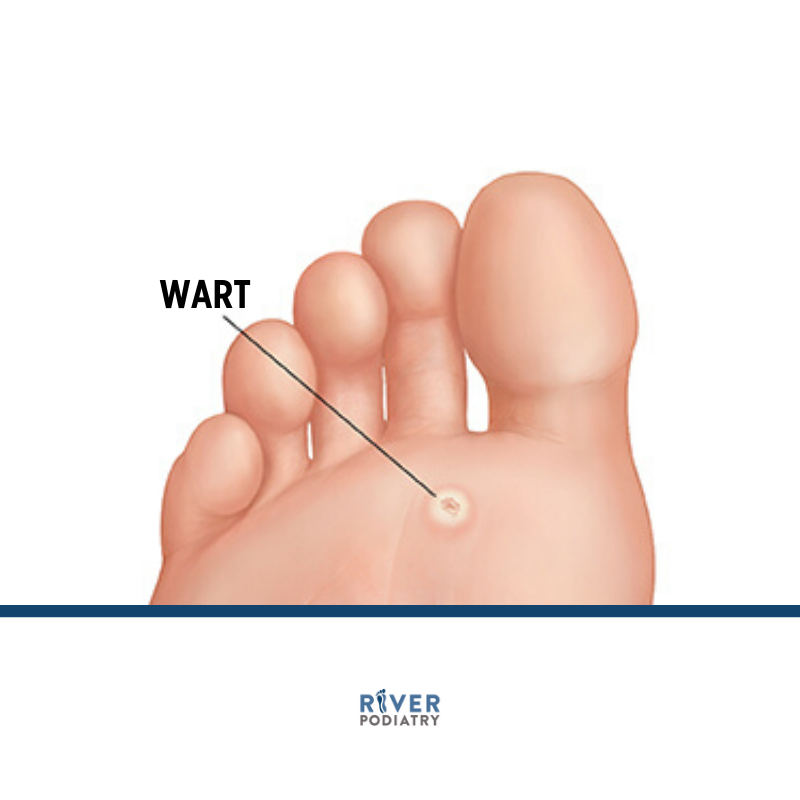 Flat warts may appear in those who have direct contact with high humidity and heat. For example, workers in swimming pools and saunas may be susceptible to HPV infection.
Flat warts may appear in those who have direct contact with high humidity and heat. For example, workers in swimming pools and saunas may be susceptible to HPV infection.
Flat wart treatments
Flat warts are one of the most common types of warts that can cause cosmetic and aesthetic problems. For the successful treatment of flat warts, it is necessary to determine the cause of their occurrence and choose the appropriate treatment method.
Cryosurgery
Cryosurgery is one of the most common treatments for flat warts. This method consists in treating the wart with liquid nitrogen, which freezes the tissue and destroys the virus. The procedure is simple and quick, but may require several sessions.
Laser therapy
Laser therapy is a modern treatment for flat warts that uses laser light to destroy the disease. The laser beam acts on the tissues and destroys the wart without leaving scars on the skin. However, this method is expensive and may require multiple sessions.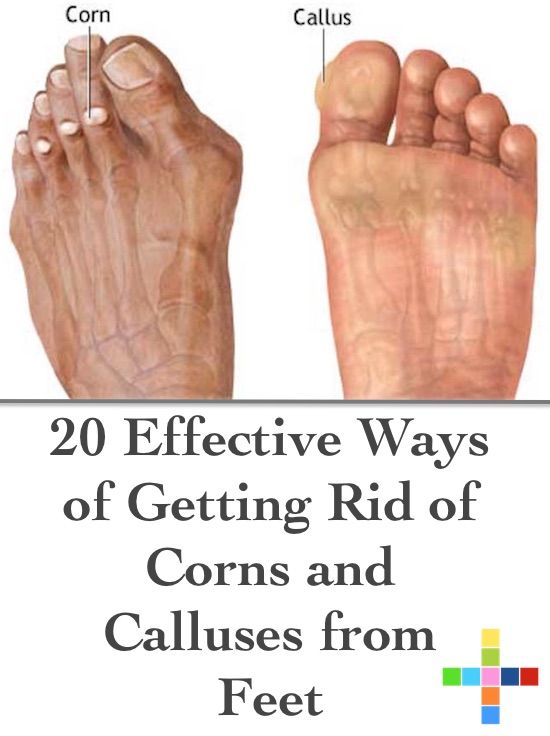
Chemical treatments
Chemical treatments, such as special acid-based solutions, can be used to treat flat warts. This method allows you to remove damaged warts, leaving healthy skin intact. But, this method can cause irritation and peeling of the skin, which requires careful care after the procedure.
Treatment of flat warts should be carried out under the supervision of a physician and include measures to prevent the recurrence of the disease. Regular skin hygiene and the use of products to prevent infection with the virus will help to avoid the recurrence of flat warts.
Treatment of flat warts with folk remedies
Flat warts are skin lesions caused by the human papillomavirus. They can be treated with folk remedies that are milder than chemicals.
Garlic is an effective treatment for warts. To do this, you need to destroy the garlic and apply to damaged areas of the skin. To enhance the action, you can cover with a bandage at night.
Lovage is a plant that has a healing effect when applied to warts. To prepare the infusion, pour 2 tablespoons of dry lovage leaves with 200 ml of boiling water and leave for 30 minutes. This infusion should be applied to damaged skin several times a day.
Citrus also helps fight flat warts. The tender layer on the skin can go away after a few weeks of regularly applying lemon juice or apple cider vinegar to the growths. To be effective, it is best to do this process before bed.
- Aloe – Known for its antiseptic properties and excellent for treating warts. To do this, you need to destroy the aloe leaf and apply it to the damaged areas of the skin for 20 minutes several times a day.
- Onion Infusion – may be effective against warts due to its antimicrobial activity. You need to chop the onion and pour it with vodka for 24 hours. Then, after filtering, the resulting infusion should be applied to damaged skin.

Features of the treatment of flat warts in children
Flat warts are a fairly common disease in children. They are caused by infection with the human papillomavirus and are transmitted through contact with infected objects or surfaces. Doctors recommend treating warts as early as possible to prevent their spread and eliminate unpleasant symptoms.
In addition, your doctor may recommend cryotherapy, in which flat warts are removed by freezing. This method is used in cases where the child has multiple warts or when the size of one wart is too large.
It is important to remember that the treatment of flat warts in children should only be carried out when indicated. During the treatment period, the child should avoid excessive activity and wear comfortable, industrial clothing. It is also not recommended to swim in pools and take baths.
To prevent the occurrence of flat warts, it is necessary to monitor hygiene, regularly clean the house and the children’s room, and also teach the child not to pick up or put in his mouth everything that is nearby. If you notice flat warts in your child, be sure to consult a doctor for professional advice on the treatment of the disease and the choice of appropriate treatment methods.
If you notice flat warts in your child, be sure to consult a doctor for professional advice on the treatment of the disease and the choice of appropriate treatment methods.
How to avoid flat warts?
Flat warts are an authoritative indicator of low immunity. In order to avoid its appearance and spread, the following preventive measures should be taken:
- Hygiene. Good personal hygiene will help you avoid contracting HPV, the main cause of warts.
- Proper nutrition. Nutrition should be rich in vitamins and minerals to boost immunity and protect yourself from infections.
- Strengthening the immune system. Keeping the immune system in good condition is one of the keys to preventing flat warts. Sports and health promotion are ways to improve the state of immunity.
- Avoid contact with infected people. Use only personal items with infected people may cause flat warts.

- Immediate treatment Immediate treatment of warts is a way to prevent them from spreading to other areas of the body and becoming contagious.
Possible complications of flat wart treatment
Infections
Infection may develop during procedures to remove flat warts. This can happen if the rules of asepsis and antisepsis are not observed. The infection can cause inflammation and suppuration, which can slow down the recovery process.
- To prevent infections, care must be taken with the instruments used in the treatment process.
- It is also necessary to treat the area of removal of flat warts with an antiseptic, to observe body hygiene after the procedure.
Skin risks
Treatment of flat warts can lead to skin complications. For example, chemicals used in wart removal procedures can cause skin dryness and irritation. It is also possible to change the color of the skin in the area of wart removal.
- To avoid skin risks, it is important to choose the correct flat wart removal method that works best for your skin.
- It is also important to follow the recommendations for skin care after the procedures and monitor the condition of the skin in the area of wart removal.
Relapses
Flat warts may reappear when treated. This can happen if all papillomavirus cells are not removed. Also, relapses can be associated with weakened immunity.
- To prevent recurrence, it is necessary to observe body hygiene, strengthen the immune system, and also carry out wart removal procedures correctly and on time.
Can flat warts be removed by myself?
Flat warts are benign skin tumors that can be caused by the human papillomavirus. Some people at the first sign of a wart try to get rid of them on their own, but this is not the right decision. In the first place, self-medication can lead to skin injuries and infections. In addition, some wart removal methods can be dangerous and cruel.
The only safe way to remove flat warts is by a qualified dermatologist. Modern treatments may include cryotherapy, laser removal, electrocoagulation, and chemical processes. The dermatologist will select the optimal method of treatment in each individual case.
Thus, attempts to remove flat warts on their own, not only can lead to undesirable consequences, but will also be useless. Only a dermatologist has the necessary qualifications to select the optimal treatment method and carry out the procedure with minimal risks to the patient’s health.
How can you tell if a flat wart is healing?
Flat warts are one of the most common dermatological diseases. They cause unpleasant symptoms such as itching, painful bumps and unsightly appearance of the skin. Flat warts can take a while to heal, but there are a few things you can do to help determine if healing has begun.
- Dryness and flaking of the skin. When a wart begins to heal, it usually becomes dry and flaky.
 This is a sign that old skin cells are dying and new cells are being formed in their place.
This is a sign that old skin cells are dying and new cells are being formed in their place. - Size reduction and color change. As the wart heals, you may notice that it gets smaller and begins to change color. This is because the skin is starting to regenerate.
- Stop itching and pain. When the wart starts to heal, it stops itching and soreness. This is a sign that the body is trying to get rid of the infection or virus that caused the wart.
If you notice one or more of these signs, it is likely that the wart has begun to heal. However, do not forget that the treatment of flat warts is necessary to the end. If you do not complete the treatment to the end, then there is a possibility of a relapse of the disease.
Who is at risk for flat warts?
Flat warts can appear in people of all ages. However, certain groups of people are more prone to this problem than others.
- Children are the most affected category.
 This is due to the fact that children’s immunity is not yet fully developed and the body cannot fight all pathogens, including papillomaviruses that cause warts;
This is due to the fact that children’s immunity is not yet fully developed and the body cannot fight all pathogens, including papillomaviruses that cause warts; - Teenagers – the presence of flat warts may indicate the onset of puberty, since hormonal changes can become a catalyst for their appearance;
- People with extensive calluses on their feet – constant rubbing of shoes against feet creates the conditions for cracked skin, in which wart-causing viruses can multiply rapidly;
- People with compromised immune systems – for example, people who take immunosuppressants, have an immunodeficiency for some reason (including HIV/AIDS), or babies who are not yet immune;
- Older people – immunity weakens with age, which can lead to more frequent occurrence of warts.
Complementary Treatments for Flat Warts
Treating flat warts can be a lengthy process, but using complementary treatments can speed it up.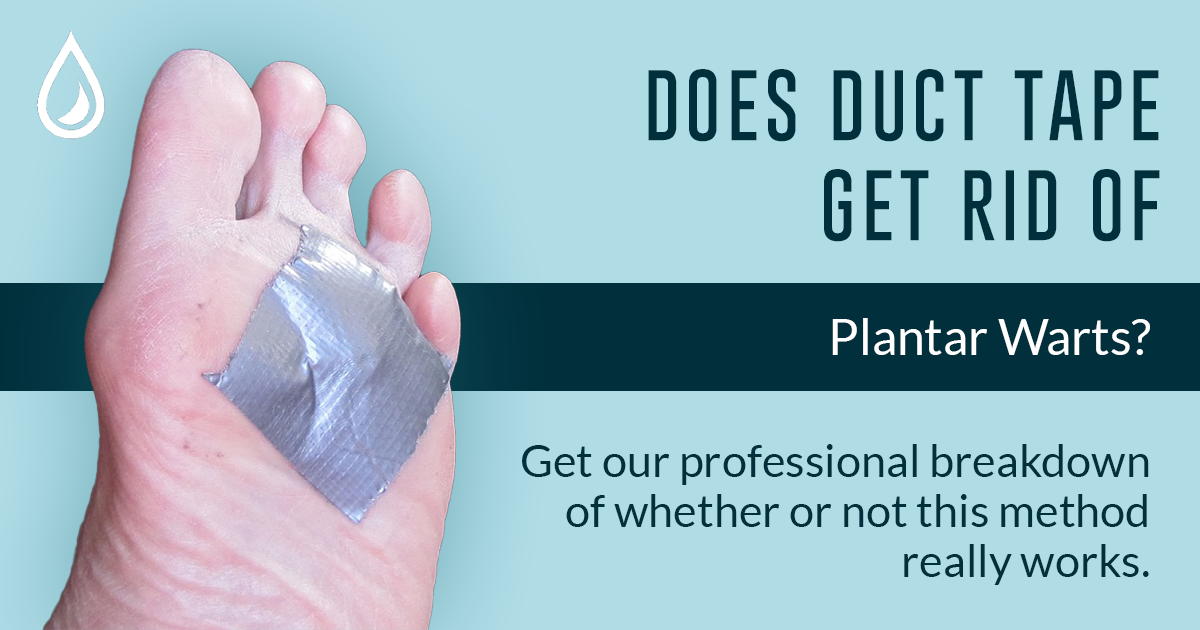
Cryotherapy
Cryotherapy is a method of freezing a wart using liquid nitrogen. This method speeds up healing as the frozen tissue subsequently dies and is shed from the body. However, cryotherapy can cause a feeling of pain and leave a scar at the treatment site.
Aloe Vera Root Therapy
Aloe Vera is a natural, safe and effective treatment for many health problems, including warts. For root therapy, cut out a small piece of fresh aloe leaf and apply to the wart. You need to repeat the procedure every day. This will speed up healing and help prevent new warts from forming.
Salicylic acid
Salicylic acid is one of the most common ingredients in wart treatments. It helps exfoliate the hardened skin around the wart and help it disappear. For maximum effectiveness, you need to apply the drug to the wart several times a day for several weeks.
- Cryotherapy
- Aloe Vera Root Therapy
- Salicylic Acid
Related Videos:
youtube.com/embed/wakIb6dQN9M” frameborder=”0″ allowfullscreen=”allowfullscreen”>
Q&A:
What are flat warts?
Flat warts are a type of wart that look like small flat bumps on the skin. They are usually painless, but may be itchy or uncomfortable when in contact with clothing.
How do flat warts occur?
Flat warts are usually caused by a viral infection called the human papillomavirus (HPV). They most often appear in children and young adults, but can occur in people of any age.
What is the prevention against flat warts?
To reduce the risk of contracting the virus that causes flat warts, it is important to practice good personal hygiene, such as washing your hands regularly and avoiding contact with places that may be contaminated by the virus, such as public swimming pools. It is also important to have a healthy lifestyle with good nutrition and regular exercise.
What are the treatments for flat warts?
There are several treatments for flat warts, including cryotherapy (freezing), laser therapy, surgical removal, or medication. It is important to consult a doctor in order to choose the best method of treatment depending on the individual case.
It is important to consult a doctor in order to choose the best method of treatment depending on the individual case.
Is it possible to get rid of flat warts with home remedies?
Home remedies may not always be effective in treating flat warts. Some people try to burn or erase the warts, which can lead to possible complications and infections. It is best to consult a doctor to find out the best treatment for your case
Can flat warts scar?
In some cases, flat warts may leave small scars after removal, but this rarely happens. If you have a problem with scars, you can see your doctor for advice on how to care for your scars.
Wart removal | MISMED – Center for Laser Medicine and Cosmetology
Treatment of ingrown nails Removal of warts Removal of moles Removal of molluscum contagiosum Removal of fibromas Removal of warts Removal of atheromas Removal of xanthelasmas Removal of keratomas Removal of papillomas Removal of skin horn Removal of milia Removal of corns Removal of trichoepitheliomas Histological examination
Prices 9009 2
| Designation | Price |
|---|---|
Wart removal up to 0.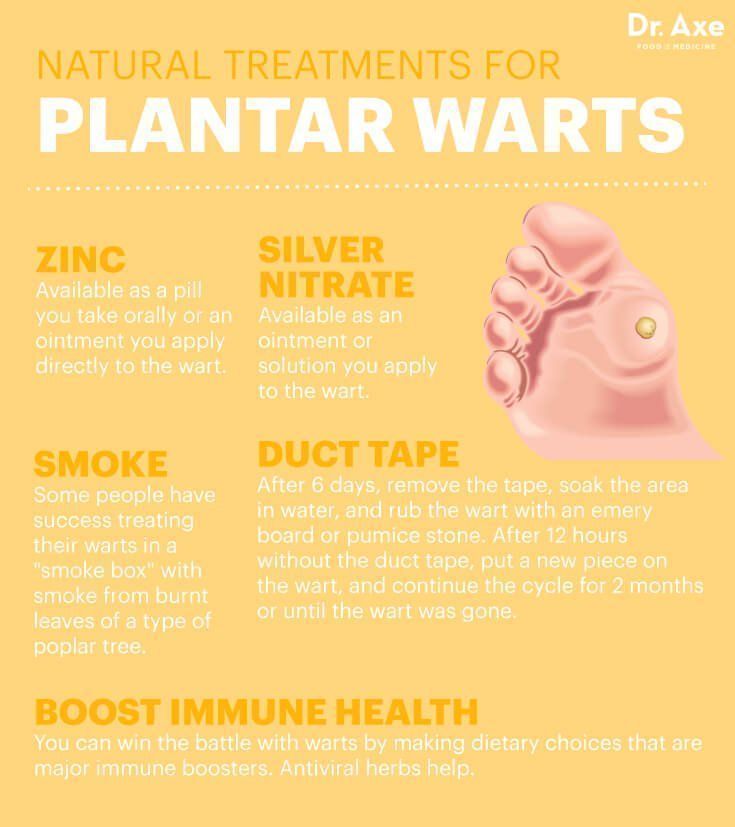 5 cm (1 piece) 5 cm (1 piece) | 1200 |
| Plantar wart removal up to 0.5 cm (1 item) | 2000 |
| Flat wart removal up to 0.5 cm (1 piece) | 500 |
You can remove a wart with a laser in Nizhny Novgorod painlessly and bloodlessly in our MISMED center.
Warts are benign neoplasms of viral etiology. Caused by various human papillomaviruses. There are the following types of warts – ordinary, flat, genital warts. The incubation period is 2-6 months. The most common common warts are located on the hands, on the face. A variety of common warts – warts on the legs – the so-called plantar warts. They appear in places of increased pressure shoes. Plantar warts are very dense and cause severe pain. Flat warts (often referred to as juvenile warts) usually occur at a young age and are located on the skin of the face, on the back of the hands.
Laser wart removal
Laser wart removal is easy and simple. On the Internet you can find many tips on how to get rid of warts or how to remove warts. To do this, they offer various means for removing warts at home. You can read various reviews on the removal (removal) of warts in children. But is it worth experimenting with the treatment or removal of warts when there is a generally recognized and currently the best method for removing warts with a laser. The result of laser wart removal is equally good and does not depend on what kind of wart it is – a common wart, plantar wart or flat wart. It does not matter where the wart is located (on the finger, on the face or on the leg). Removal of a wart with a laser, of course, should be carried out by a specialist – a dermatovenerologist, who specializes in laser surgery.
On the Internet you can find many tips on how to get rid of warts or how to remove warts. To do this, they offer various means for removing warts at home. You can read various reviews on the removal (removal) of warts in children. But is it worth experimenting with the treatment or removal of warts when there is a generally recognized and currently the best method for removing warts with a laser. The result of laser wart removal is equally good and does not depend on what kind of wart it is – a common wart, plantar wart or flat wart. It does not matter where the wart is located (on the finger, on the face or on the leg). Removal of a wart with a laser, of course, should be carried out by a specialist – a dermatovenerologist, who specializes in laser surgery.
Types of warts
Common warts are papules that do not bring inflammation and do not cause pain. Visually, they are not immediately recognized, because at first they look imperceptible (they are flesh-colored, small in size and have a smooth surface). Over time, the warts begin to darken, become rough and spread to different areas of the skin. Such papules are found in people more often than others. The largest formation is called “mother”. The area of frequent localization of warts is near the fingers and nails.
Over time, the warts begin to darken, become rough and spread to different areas of the skin. Such papules are found in people more often than others. The largest formation is called “mother”. The area of frequent localization of warts is near the fingers and nails.
Juvenile warts (flat) – numerous pink or flesh-colored papules, having a dense texture and a rounded shape. These warts can occur in teenagers or young adults. Formations related to this species differ from the rest in a smooth or slightly uneven surface, the occurrence of mild itching. Papules can appear on the face, neck, hands and reach up to several millimeters in size (in diameter). A person does not experience pain, and the period of getting rid of the pathology can last for months or years, after which the problem is resolved naturally.
Plantar warts – very common – are papules located on the legs and in areas subject to stress, pressure and friction. Warts of this type have a dense texture, and sometimes their sizes even reach two centimeters (in diameter).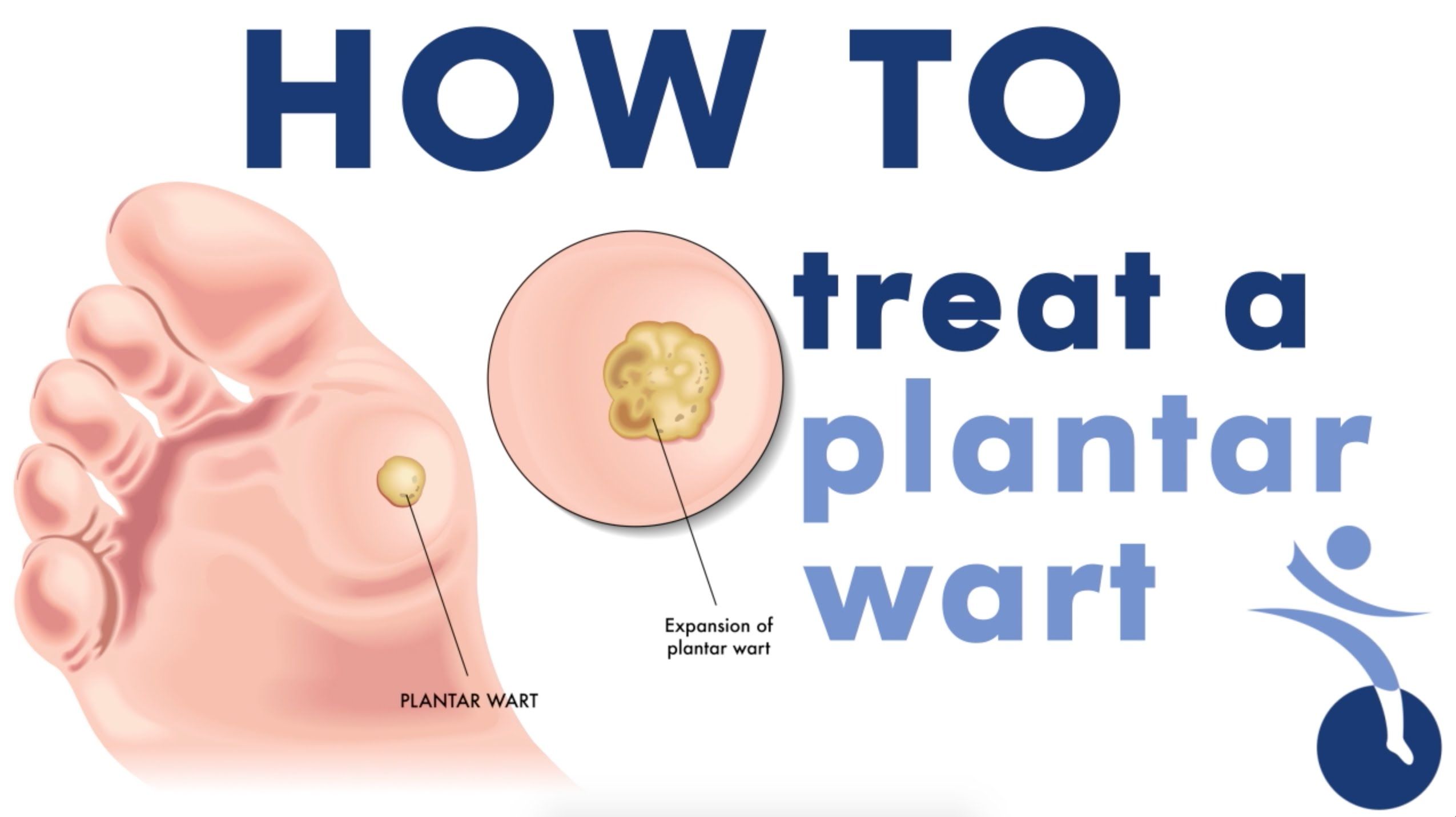

 No anesthetic is required.
No anesthetic is required.



 4.3 Chemical treatments
4.3 Chemical treatments 14.0.6 Can flat warts leave scars?
14.0.6 Can flat warts leave scars? Each type of wart has its own characteristics and requires an individual approach to treatment.
Each type of wart has its own characteristics and requires an individual approach to treatment.

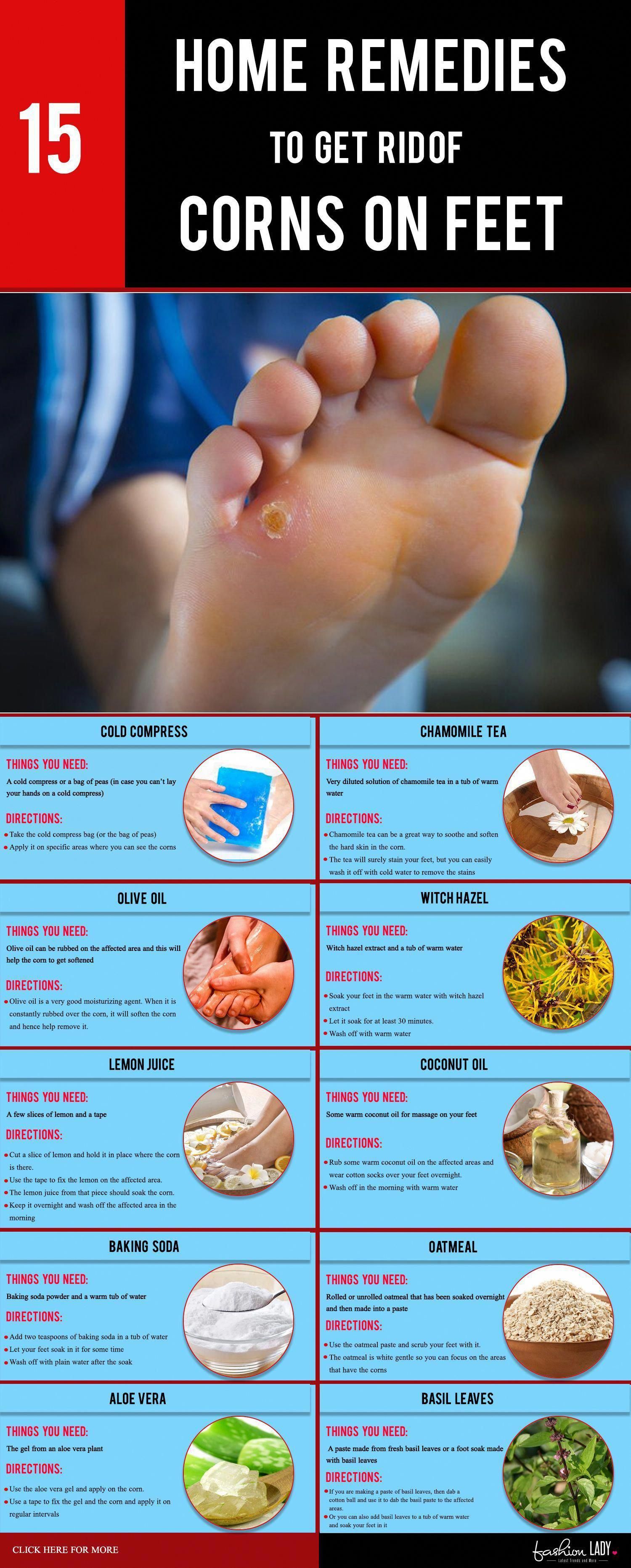 This is a sign that old skin cells are dying and new cells are being formed in their place.
This is a sign that old skin cells are dying and new cells are being formed in their place. This is due to the fact that children’s immunity is not yet fully developed and the body cannot fight all pathogens, including papillomaviruses that cause warts;
This is due to the fact that children’s immunity is not yet fully developed and the body cannot fight all pathogens, including papillomaviruses that cause warts;